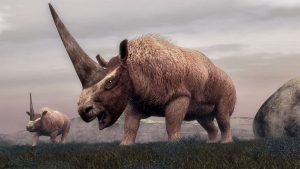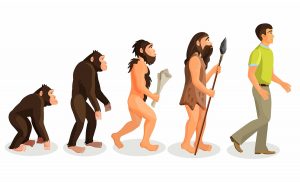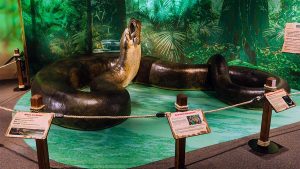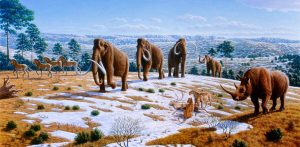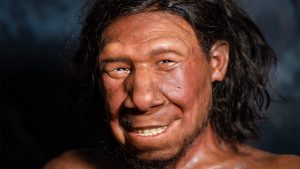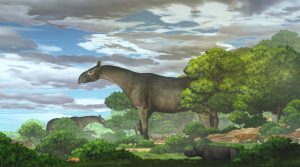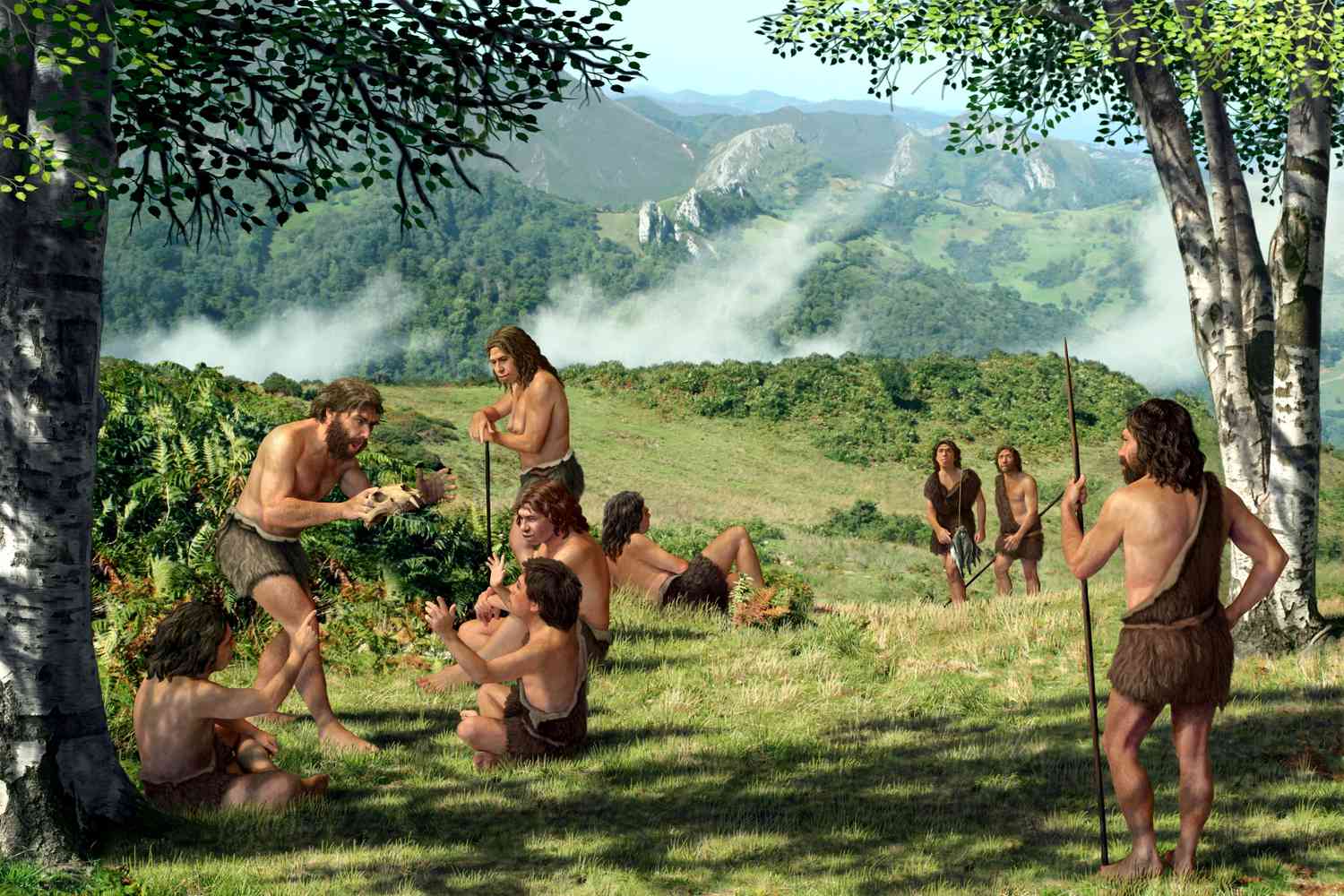
26 interesting facts about Paleolithic Age
- 👁️ 1488
The Paleolithic Age, also known as the Old Stone Age, marks a fascinating period in human history that began approximately 2.5 million years ago and lasted until about 10,000 years ago. This era is characterized by the development of the first stone tools by early humans and represents a significant portion of our evolutionary journey. The Paleolithic Age witnessed the rise of Homo sapiens, the spread of humans across the globe, and the advent of art and culture. It was a time when humans lived as hunter-gatherers, adapting to changing climates and landscapes. Here are 26 interesting and informative facts about the Paleolithic Age that highlight its significance in the story of humanity.
- The Paleolithic Age is divided into three periods: Lower, Middle, and Upper Paleolithic.
- The first stone tools, known as the Oldowan toolkit, were created during the Lower Paleolithic by Homo habilis.
- Homo erectus, another early human species, emerged during the Lower Paleolithic and was the first to use fire and build simple shelters.
- The Upper Paleolithic saw the emergence of Homo sapiens, modern humans, around 300,000 to 200,000 years ago.
- During the Paleolithic Age, humans were nomadic and lived in small groups or bands.
- The diet of Paleolithic humans mainly consisted of wild plants, fruits, nuts, and meat obtained through hunting and gathering.
- The creation of art, including cave paintings and small figurines, began during the Upper Paleolithic.
- The famous cave paintings in Lascaux, France, and Altamira, Spain, date back to the Paleolithic period.
- The Venus figurines, small statuettes depicting women, are among the earliest known forms of prehistoric art.
- Paleolithic humans developed the first musical instruments, such as flutes made from animal bones.
- The invention of the spear and the bow and arrow greatly improved hunting techniques.
- The use of clothing, made from animal skins, began in the Paleolithic Age to protect against harsh climates.
- The domestication of dogs from wolves occurred in the Upper Paleolithic, aiding in hunting and providing companionship.
- The development of language and complex social structures was crucial for cooperation and survival during this period.
- Paleolithic humans spread from Africa to other parts of the world, including Europe, Asia, and Australia.
- The Ice Age, or Pleistocene glaciation, had a significant impact on the environment and lifestyle of Paleolithic humans.
- Burial practices, suggesting belief in an afterlife, were present during the Upper Paleolithic.
- The Levallois technique, a method for making flint tools, was developed during the Middle Paleolithic.
- The end of the Paleolithic Age coincided with the end of the last Ice Age and the beginning of the agricultural revolution.
- Paleolithic sites often include remains of hearths, suggesting communal gathering spots.
- The Atapuerca Mountains in Spain contain some of the oldest human fossils in Europe, dating back to the Lower Paleolithic.
- Techniques for making stone tools became increasingly sophisticated throughout the Paleolithic Age.
- The shift from nomadic life to the first permanent settlements marks the transition from the Paleolithic to the Neolithic Age.
- The dispersion of humans during the Paleolithic led to genetic and cultural diversity.
- Shamanism, involving ritual practices and belief in the spiritual world, is thought to have origins in the Paleolithic period.
- The last glacial maximum, around 20,000 years ago, saw humans adapting to extreme cold and resource scarcity.
The Paleolithic Age was a time of remarkable innovation, adaptation, and survival for early humans. It laid the foundation for the development of culture, art, technology, and social organization that would shape human history. This period highlights the incredible journey of human evolution and our ancestors’ ability to overcome the challenges of their environment. The study of the Paleolithic Age continues to provide valuable insights into the origins of human behavior, creativity, and diversity.
